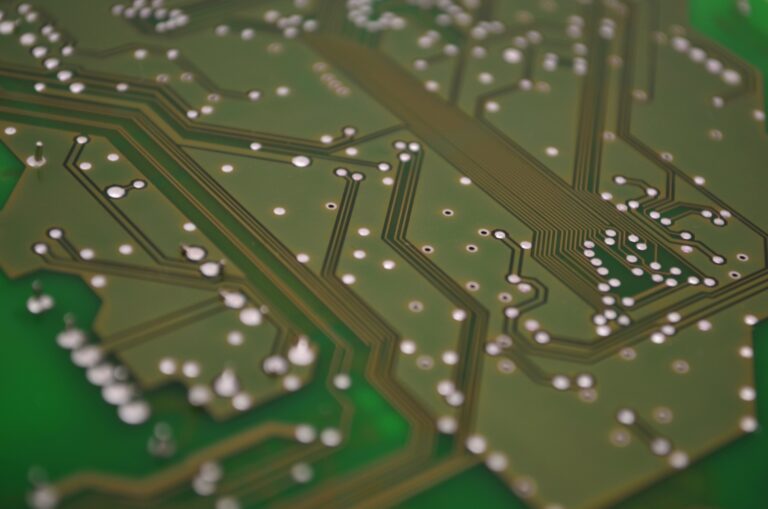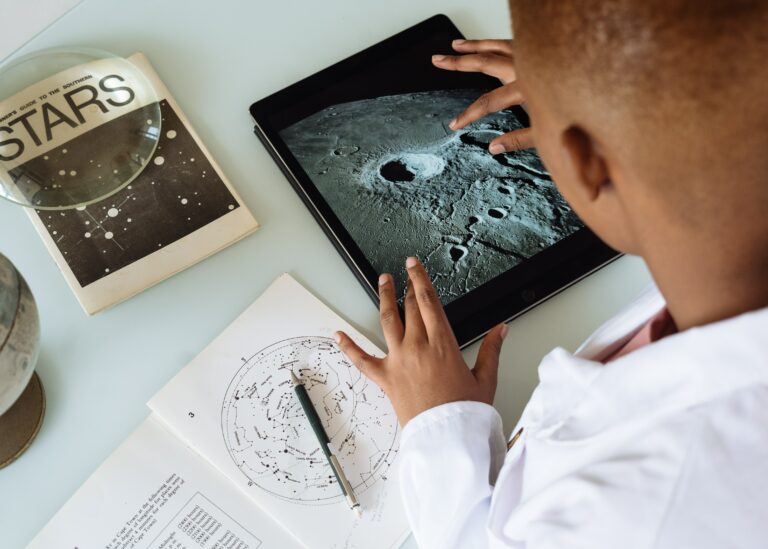Technology has revolutionized many aspects of our lives, and one area where its impact has been particularly profound is scientific research. Technological advancements have enabled scientists to explore the natural world in new and exciting ways, leading to breakthrough discoveries and insights into everything from the human body to the cosmos. In this article, we will explore the impact of technological advancements on scientific research and discoveries, and how these advancements are shaping the future of scientific inquiry.
The Power of Supercomputing
Supercomputers are some of the most powerful tools available to scientists today. These computers can process massive amounts of data in a short amount of time, allowing scientists to make calculations and run simulations that were once impossible. For example, supercomputers are being used to simulate the behavior of molecules in order to develop new drugs or to model the behavior of weather patterns in order to predict the path of a hurricane.
In addition to their use in scientific research, supercomputers are also being used in a variety of other fields, such as finance and engineering. As the power of supercomputing continues to increase, we can expect to see even more exciting discoveries and innovations in a wide range of fields.
The Role of Data Analytics
In the past, scientific research was often hindered by the lack of data available to researchers. However, with the rise of data analytics, this is no longer the case. Today, scientists have access to vast amounts of data from a wide range of sources, including social media, medical records, and satellite imagery.
Data analytics allows scientists to analyze this data in new and exciting ways, enabling them to identify patterns and trends that were previously invisible. For example, data analytics is being used to track the spread of diseases in real time, allowing public health officials to respond more quickly to outbreaks. It is also being used to identify potential new treatments for diseases, by analyzing large datasets of genetic information.
The Advancements in Imaging Technology
Imaging technology has come a long way in recent years, allowing scientists to see the world in a whole new way. Advances in microscopy, for example, have made it possible to see biological processes at the molecular level, providing insights into everything from the structure of viruses to the behavior of individual cells.
Similarly, advances in imaging technology have also revolutionized the field of astronomy. Telescopes and space probes equipped with high-resolution cameras and sensors have allowed scientists to capture stunning images of distant galaxies and other celestial objects, providing insights into the origins of the universe.
Conclusion
Technological advancements have had a profound impact on scientific research and discoveries, enabling scientists to explore the natural world in new and exciting ways. From supercomputers to data analytics to imaging technology, these tools have transformed the way we approach scientific inquiry. As we continue to make advances in technology, we can expect even more exciting discoveries and breakthroughs in fields ranging from medicine to astrophysics.
To learn more about technology visit >> https://circlenews.net/category/technology/ and https://morik.co.il/tech/





